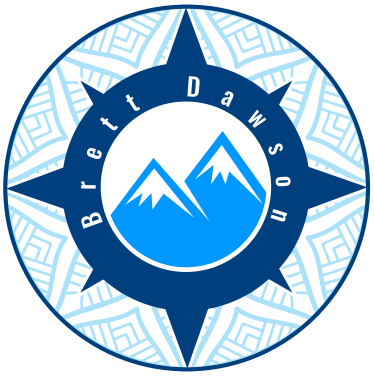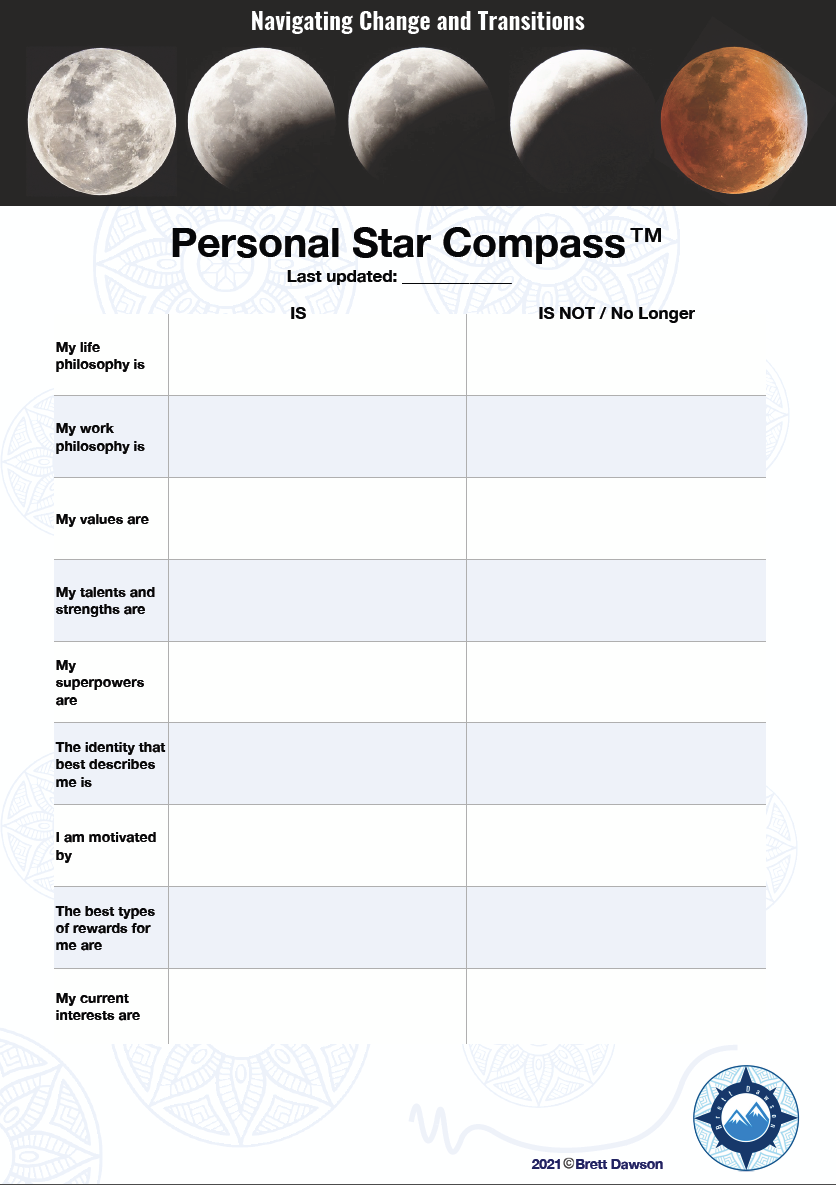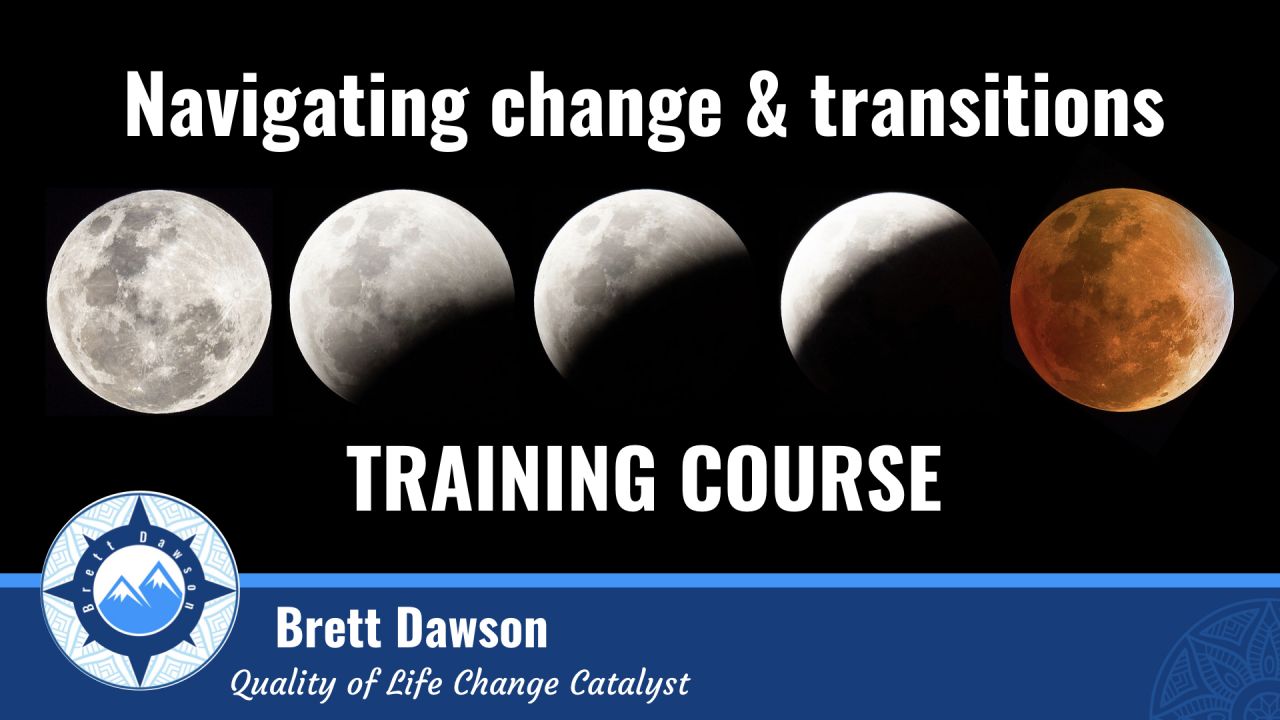How to improve your quality of life

Quality of life = Happiness.
It’s a simple formula, and there are five pillars to happiness. These are all related to how you choose to spend your time. If you manage these well you will be happy.
I perform a personal annual review of my year at the end of each year. I look at various aspects of my life: health, wealth, work, relationships, social, spirit, personal development, hobbies, interests and projects. I ask myself what’s working, what’s not working, how can I improve things and what changes do I need to make during the next year.
This exercise takes time but it is worth it. It is the one exercise that will help you understand when you have misalignments in your life, and it will quickly help you to understand that your quality of life is directly related to how you spend your time. This is the foundation of happiness. It seems that all the Happiness Quotient indexes and assessments are focussed on the dimensions of activities you would typically focus on, in an attempt to have a balanced life. In my view, happiness is built on five pillars and these are applied to all of these life dimensions.

Use the mnemonic PETRA to remember the five pillars of happiness:
P: People – whom you spend your time with
E: Environment – where you spend your time and what you surround yourself with
T: Thoughts – what you choose to think about
R: Resilience – the ability to adjust to change
A: Activities – what you spend your time doing
These are all choices you make, and resilience is a skill you can improve. All choices can be changed.
You probably spend a lot of time working to earn a living, and what you do during this time has a significant impact on your quality of life. If you spend your time doing work that is meaningful to you, that gives you a sense of purpose and is aligned with your talents, values and interests then you are probably going to be quite content, assuming that other aspects of your life are well aligned too. Alignment is unique to who you are and what makes you tick and is best described by your personal compass. [I will describe how to define your personal star compass in a future blog post].
If you are not happy, do this
If you don’t enjoy the things you do, or the company you keep (or are obliged to work with), or the environment you live or work in (or the commute to get there) then it will weigh heavily on your mind. The longer it does the more unhappy you are going to feel.
These are all choices and you can change them. Even things that seem difficult to change can be changed if you apply sufficient dedication and perseverance. If you want to make a change use the following change formula.
Apply the Change Formula
1. Identify the Gap: Get specific on the gap between where you are and where you want to be. Use the mnemonic PETRA to focus on which pillars of happiness you need to change.
2. Make a Commitment: Clarify your intentions, work on your mindset and make a decision to commit yourself to make the change you want to see.
3. Take Action: Consider your options. Specify the strategic objectives required. Make a plan, put it into action, and find ways to maintain the momentum. Start with smaller steps. Establish supporting habits and routines. Make a change in or to your environment. Enlist an accountability partner.
4. Be Agile & Tolerant: be agile and adaptable in finding a path or strategy towards the solution you are looking for, and also be tolerant about the form of the final solution. “Close enough” can be good enough if you are clear on the nature of the change you are looking for rather than the specifics
5. Expect Friction: plan for it, develop tactics and apply the most appropriate change catalyst to overcome it. Remember it’s the friction against a match that ignites the light of the desired solution
6. Find Balance: find the point of balance between apparent conflicts. There is a balance between the perseverance to achieve your goal and your tolerance for the final outcome. Remember that there will always be trade-offs between the advantages and disadvantages of any option – there is no perfect solution.
This change formula incorporates the essential eight dimensions of change.
Awareness that there is a desire for change or the potential for change, is the first essential step in making change happen.
Download this template and use it to recalibrate your personal compass.
Conclusion
Your quality of life and happiness is determined by how you spend your time, who you spend your time with, what environment you do that in and what you choose to think about while being resilient to unexpected changes. These are all choices and if you are not happy with something, you can change it. Admittedly, some changes are more difficult than others. It is worth looking at the classification of the type of change that is desired and how much effort is going to be required, taking risk and probability into account [future blog post]. When you set out to make a change, use the change formula I outlined above.
However, before you set out to make a change, take into consideration that there is a difference between change and transition and you might want to pay attention to how you are managing your internal transition challenges. This will have an impact on your resilience and your commitment to change.





